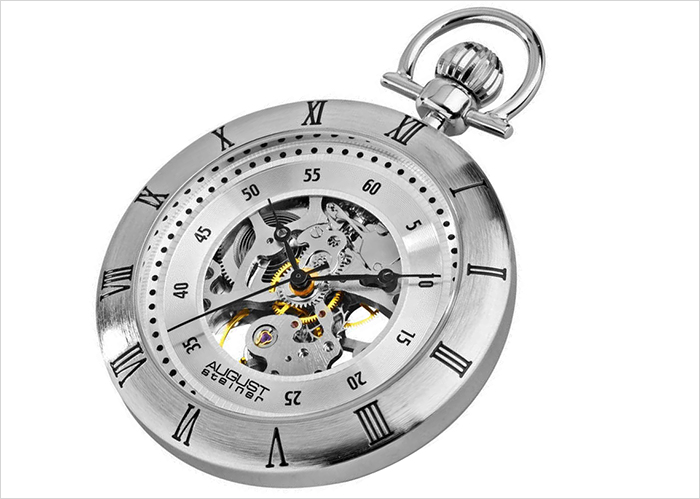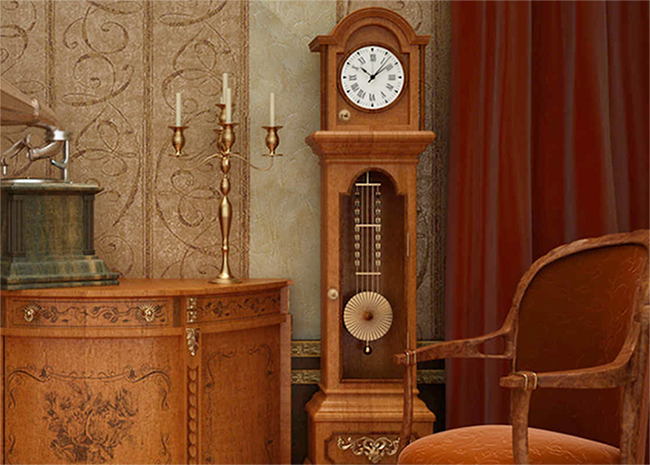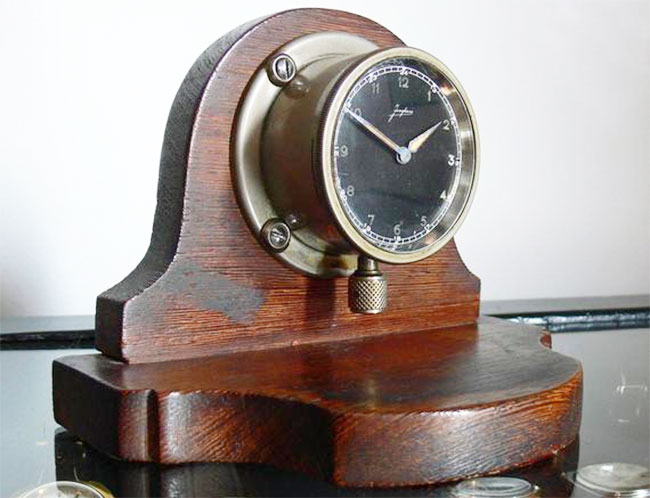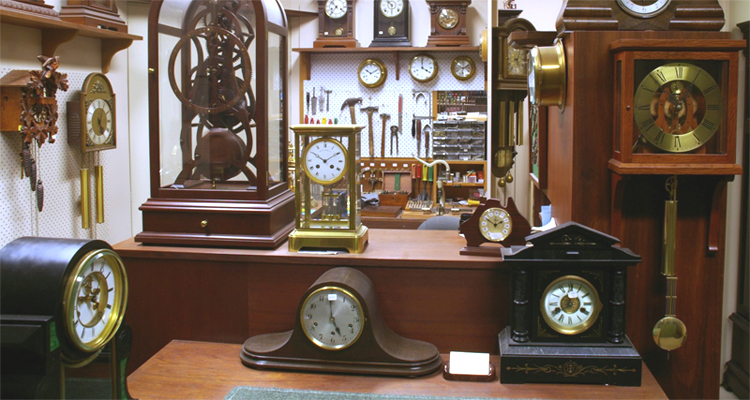In the realm of horology, few topics ignite the imagination quite like the pursuit of lost antique watches. These timepieces, often steeped in history and wrapped in mystery, represent a unique blend of artistry, craftsmanship, and the allure of the unknown. For treasure hunters, collectors, and enthusiasts, the quest for these lost gems is not just a hobby but a passion-driven adventure. This article delves into some of the most sought-after lost antique watches that have yet to be found, and the stories behind them.
Why the appeal of lost antique watches
Antique watches hold a unique place in the world of collectibles. Unlike other antiques, they are both functional and artistic, showcasing the pinnacle of craftsmanship from bygone eras. Their intricate mechanisms and timeless designs make them coveted items for collectors. The allure of lost antique watches is further magnified by their rarity and the stories they carry, often intertwined with significant historical events or prominent figures from the past.
Some of the most coveted lost antique watches
1. The Marie Antoinette Watch Collection

While the famous Breguet No. 160, also known as the ”Marie Antoinette” watch, has been recovered, it’s believed that the french queen Marie Antoinette owned several other exquisite timepieces . Several of these watches, crafted by the finest watchmakers of the 18th century, were initially lost during the tumultuous period of the French Revolution. Historical records hint at the existence of these pieces, but their exact designs and where they are, remains in a mystery. The Breguet No.160 (which was made as a gift to Marie Antoniette, but completed after her death), including several others watches with connection to Marie Antoniette, were stolen from an museum in Jerusalem in 1983. Even if the Breguet No. 160 was found, only a remaining part of the collection, have been recovered. The discovery of any watch from Marie Antoinette’s collection would be a significant finding in both historic and also (probably) monetary value, and also providing a glimpse into the opulent lifestyle of the past historical French monarchy.
2. The Last Emperor’s Patek Philippe Pocket Watch

Puyi, the last Emperor of China (reign 1908-1912), owned a remarkable collection of luxury items, supposedly including an exquisite Patek Philippe pocket watch. During his imprisonment by the Soviet Union after World War II, many of his possessions were lost or confiscated. Among these, should have been this treasured Patek Philippe pocket watch, rumored to be adorned with intricate designs and featuring complex mechanisms. The whereabouts of this watch remain unknown, making it an highly sought-after piece for collectors and historians alike. One of his Patek Philip Watches, called the ”Imperial Patek Philippe Watch” was sold at an auction in Hongkong in 2023 for approximately 6,2 million USD.
3. Prototypes of the John Harrison H4 Marine Chronometer

John Harrison, a self-educated English carpenter and clockmaker, revolutionized marine navigation with his invention of the marine chronometer. The H4-type, which solved the problem of determining longitude at sea, is well-known. However, even if the final version of the H4 is not lost, it’s believed that Harrison created several prototypes and experimental pieces during his lifetime. These versions of the H4, has therfore probably been lost to history. The rediscovery of these versions or prototypes would be a monumental event, providing insights into the evolution of marine timekeeping.
The search for lost watches
For those who wants to find lost antique watches, its no simple feat. It involves a combination of historical research, detective work, and often a bit of luck. Treasure hunters and collectors typically start their search by scouring historical records, auction catalogs, and personal correspondences. These documents can provide clues about the watches’ last known locations and potential leads.
Historical records and auction catalogs
Old auction catalogs and horological literature are invaluable resources. They often contain detailed descriptions and photographs of watches, along with information about their provenance. For instance, the search for the John Harrison H4 variant can involve combing through maritime logs and historical ship records to identify any mentions of unique timekeeping devices.
Personal correspondences and diaries
Personal letters, diaries, and correspondences can also offer significant insights. Many historical figures who owned exquisite timepieces mentioned them in their writings. Such documents can be found in archives, private collections, or even sold at auctions.
Auction houses and dealers
Auction houses and specialized dealers play a crucial role in the hunt for lost watches. They often have access to private collections and can offer expertise in authenticating and valuing discovered timepieces. Major auction houses like Sotheby’s and Christie’s regularly feature high-profile watch auctions, which can sometimes lead to the resurfacing of long-lost watches. Networking with dealers and attending these auctions can provide valuable leads for treasure hunters.
Online databases and forums
In the digital age, online databases and horology forums have become essential tools for collectors and treasure hunters. Online communities can provide tips, leads, and sometimes even direct connections to potential sellers or previous owners of lost watches. Websites and ”Sell/buy-plattforms” such as WatchProSite, Hodinkee, and Chrono24 can also provide vast amount of information.
The challenges of recovering lost watches
Recovering lost antique watches is fraught with challenges. These timepieces are often scattered across the globe, sometimes already hidden away in private collections or forgotten in old estates. Legal issues can also complicate recovery efforts, especially if a watch has changed hands multiple times or is subject to cultural property laws.
Legal and ethical considerations
The legal landscape surrounding the recovery of lost watches can be complex. In some cases, watches might be considered stolen or looted artifacts, leading to legal disputes over ownership. Ethical considerations also come into play, particularly when dealing with cultural property. For example, the recovery of any watch from Marie Antoinette’s collection would involve navigating French cultural heritage laws to ensure proper ownership and preservation.
Provenance and authenticity
Establishing provenance and authenticity is critical in the world of antique watches. Without a clear history, even the most beautiful watch can be rendered virtually worthless. Provenance not only adds to the watch’s value but also its historical significance. Authenticating a lost watch often involves detailed examinations by experts, including the analysis of materials, craftsmanship, and any identifying marks or inscriptions.
Market dynamics
The market for antique watches is highly dynamic, influenced by trends, economic conditions, and the rarity of specific pieces. The discovery of a lost watch can significantly impact its value and the overall market. Collectors and treasure hunters must stay informed about market trends to make strategic decisions.
The thrill of the hunt
Despite the challenges, the thrill of the hunt drives many to pursue lost historic objects of any kind. The combination of history, artistry, and the potential for significant financial reward makes it a compelling endeavor. Each discovery adds a new chapter to for example a watch’s history, connecting the present with the past in a tangible and meaningful way.
Stories of modern discoveries
Modern discoveries of lost watches often make headlines and inspire new generations of collectors. For instance, the rediscovery of a rare Patek Philippe watch at a flea market in the United States or the unveiling of a forgotten family heirloom in Europe captures the imagination and highlights the ongoing potential for new finds. These stories serve as a reminder that treasures can still be found in the most unexpected places.
The role of technology
Advancements in technology have also aided the search for lost watches. High-resolution imaging, digital archives, and online marketplaces have made it easier to track and authenticate timepieces. Social media platforms allow collectors to connect and share information quickly, increasing the chances of discovering lost watches. Tools like blockchain technology are even being explored to provide immutable records of ownership and provenance, further securing the authenticity of valuable timepieces.
Conclusion
The pursuit of lost antique watches is a captivating blend of history, artistry, and adventure. For treasure hunters and collectors, the journey is as rewarding as the destination. Each recovered watch tells a story, connecting us to a rich heritage of horological excellence and human ingenuity. As technology and global connectivity continue to evolve, the chances of discovering these lost treasures increase, promising new tales of discovery and preservation for future generations.
Whether driven by the allure of historical significance, the beauty of fine craftsmanship, or the excitement of the chase, the search for lost antique watches remains a timeless quest, rich with possibility and intrigue. The world of horology eagerly awaits the next great discovery, reminding us that, like time itself, the past is always just within reach.











Leave a Reply